Built over 150 years ago, the first machine gun is still influential
- By Travis Pike
Share This Article
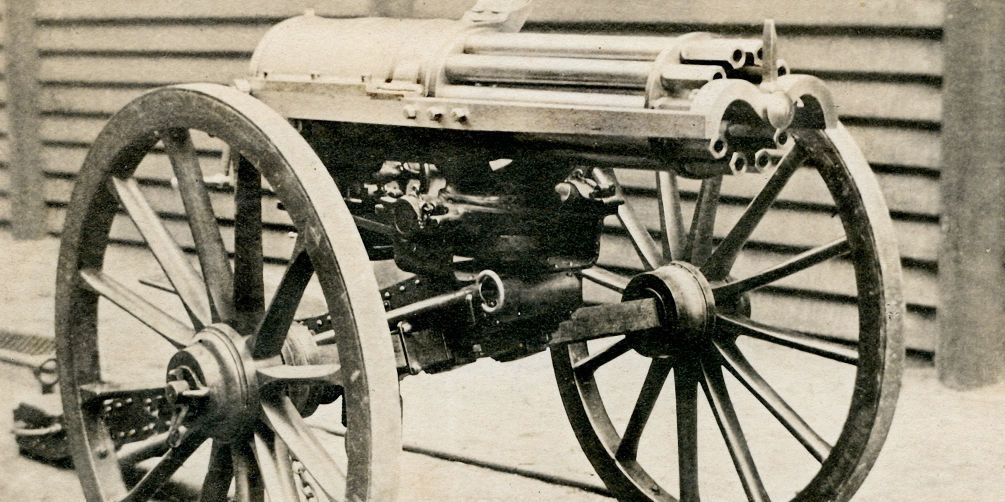
When you think of a machine gun, you typically think of the M240, the M249, the M2, and similar weapons. These are usually belt-fed with full auto capability, and in the modern world, they are used to suppress the enemy to allow for fire and maneuver. However, the modern machine gun is a lot different than the original one and the first gun that was called a “machine gun was” the Gatling gun.
The weapon was created by Richard Gatling, who used the term machine gun in his patent and, as far as we can tell, created the term. (Yet, interestingly enough, by legal definition, the Gatling gun is not a machine gun because it’s not truly fully automatic and requires the constant crank of a device to fire. This legally makes it a semi-auto firearm, and as a result, there are even Gatlings produced for private collectors.)
Richard Gatling was an inventor by trade, and when the Civil War erupted, he dedicated himself to creating firearms. His intention was oddly noble, as he wanted to create a gun to dissuade the need for large armies and, therefore, reduce casualties.
He was quoted as saying: “It occurred to me that if I could invent a machine – a gun – which could, by its rapidity of fire, enable one man to do as much battle duty as a hundred, that it would, to a large extent, supersede the necessity of large armies, and consequently, exposure to battle and disease [would] be greatly diminished.”
The Gatling gun’s origins
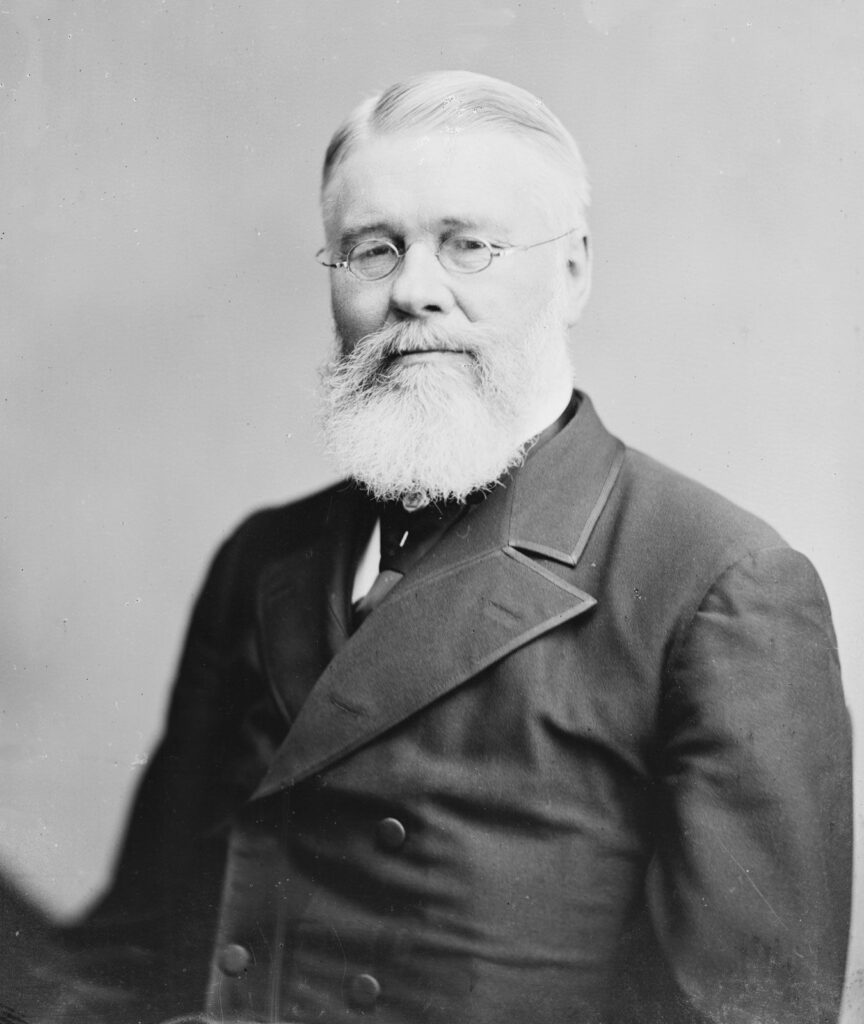
Richard Gatling created the Gatling gun in 1862 and was unable to sell it to the United States Army at first. While the Army didn’t adopt the weapon, a few Army officers privately purchased it in 1864 and 1865.
As a product of the mid-1800s, the weapon was attached to a carriage with wheels to be moved with ease. The Gatling gun was a massive monstrosity of barrels and steel. While there were several configurations, the beastly gun weighed up to 170 pounds. It was 42.5 inches long and had anywhere from four to 10 barrels.
Early variants of the weapon fired up to 200 rounds per minute. By comparison, in 1862, the black powder musket was still being used, and rifles could fire one to two rounds per minute. The early 1862 models of the Gatling gun still used .58 caliber paper cartridges, which were inconvenient. By 1863, rimfire metallic cartridges were used instead, and by 1865, the entire weapon’s feeding design was built around the metallic cartridge, which had become famous during the Civil War.
The Army wouldn’t officially order the Gatling gun until after the war, in 1866, when it ordered 50 one-inch models and 50 .50 caliber ones. Gatlign took the design to Colt for manufacturing. The U.S. Army adopted the guns, and they became a common sight during the Indian wars in the 1870s.
Then, the Gatling gun went international with Russia purchasing a number and the British seeking a license to produce them. Eventually, dozens of countries, from Argentina to the Austro-Hungarian Empire, would adopt them.
Related: Fear the REAPR – The Ohio Ordnance machine gun
How the Gatling gun worked
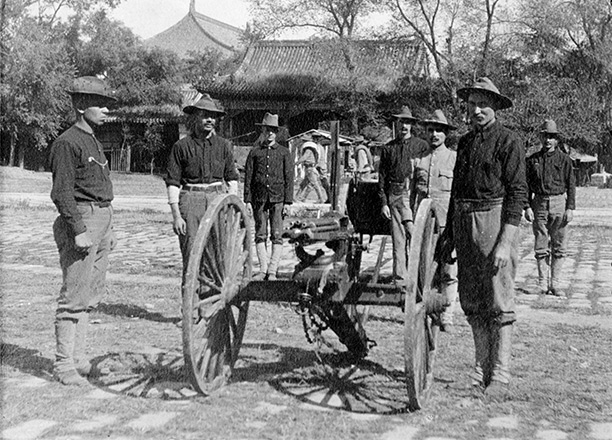
Various other machine gun-like weapons existed before the Gatling gun. The problem was they tended to overheat quickly. Barrels, chambers, and more could deform and break as the heat buildup from rapid-fire intensified. When Richard Gatling designed his gun, he took this into account and introduced the multiple-barrel design. The multiple barrels allowed each to cool between shots, which allowed for a high rate of sustained fire.
Teams of two to four men would operate the gun. The gunner would operate the hand crank that fired the weapon and work the shaft that rotated the barrels. The barrels would rotate and cycle, taking turns firing when they rotated into the correct position.
The rotating action facilitated locking, unlocking, extraction, and ejection. A top-loading magazine of hopper held the ammunition and fed the firearm.
Over time, small improvements were made to the weapon. One of the most significant came in 1881 when the Bruce Style feed system was introduced. This was essentially a hopped that held two rows of .45-70 cartridges. One row was fed into the gun while the other was reloaded. This allowed a team of four to maintain sustained fire and brought the rate of fire up to 400 rounds per minute.
How the gun was used
Whereas modern machine guns are used to suppress the enemy and to keep their head down to allow for maneuver from an assault element, the Gatling gun was used to break mass charges and destroy lines of men standing and firing their rifles. The weapon could be quickly used to dispatch enemies on horses and to take the steam out of a charge.
In 1879, during the Zulu War, two Gatling guns disbursed a Zulu attack with ease. This forced the Zulu warriors to take cover and help secure a victory for the British. On the opposite side, Custer famously left his Gatling guns behind and perished because of it.
The weapon’s weight made it difficult to maneuver quickly – a reason why Custer left it behind. The gun also drew attention due to its tactical importance, as well as the audible noise and large cloud of smoke it generated from the black powder rounds.
The end and rebirth of the Gatling gun
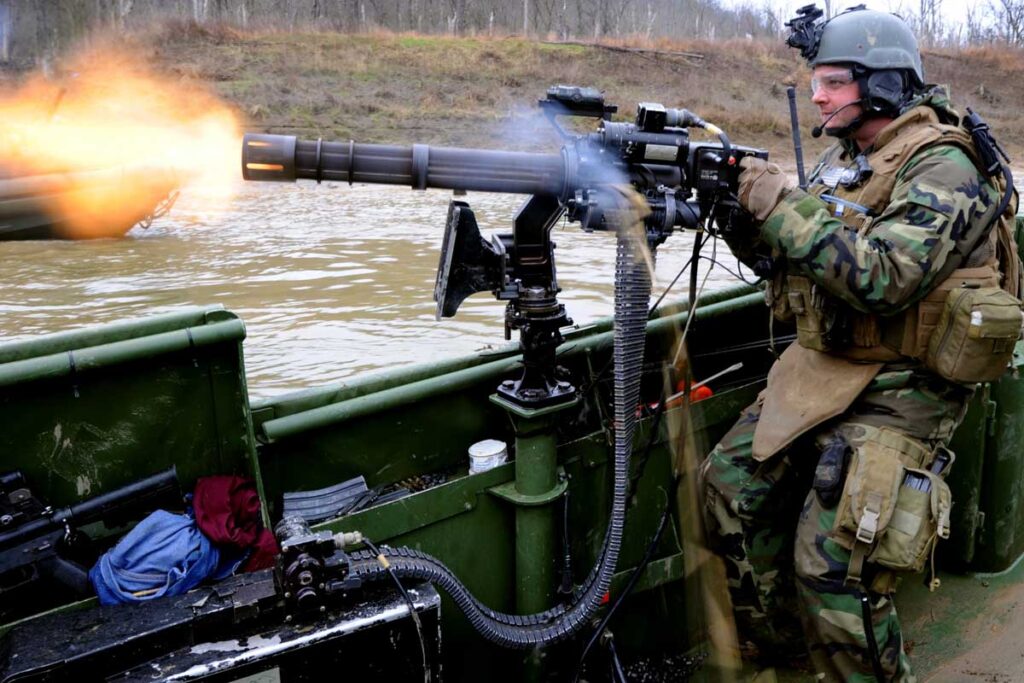
The Gatling gun began to see its end with the advent of the Maxim machine gun. The Maxim was smaller, easier to move, and more effective with its recoil-operated, belt-fed design. The Gatling stuck around until 1890, but after that, the belt-fed machine gun fully took over – although, when you look at weapons like the Minigun, the influence of the Gatling is readily apparent. The multi-barreled design still has utility with rapid-fire, sustained-fire weapons like the Minigun.
While the hand-cranked Gatling gun is out of service, companies like Tippman produce micro-sized variants in calibers like .22LR for collectors and enjoyers. The Gatling gun is a firearm icon and a testament to the power of rapid, sustained fire.
Read more from Sandboxx News
- Dark Eagle is one of the US military’s most promising hypersonic programs
- Six tips to mentally prepare for Navy SEAL training
- How much does it cost to train an Air Force pilot? A LOT
- Celebrating the highest military honor in the US
- Air Force adds dozens of hot-pit refueling sites as it preps for future war
Related Posts
Sandboxx News Merch
-

‘AirPower’ Classic Hoodie
$46.00 – $48.00Price range: $46.00 through $48.00 Select options This product has multiple variants. The options may be chosen on the product page -

‘Sandboxx News’ Trucker Cap
$27.00 Select options This product has multiple variants. The options may be chosen on the product page -

‘Kinetic Diplomacy’ Bumper Sticker (Black)
$8.00 Add to cart

Travis Pike
Travis Pike is a former Marine Machine gunner who served with 2nd Bn 2nd Marines for 5 years. He deployed in 2009 to Afghanistan and again in 2011 with the 22nd MEU(SOC) during a record-setting 11 months at sea. He’s trained with the Romanian Army, the Spanish Marines, the Emirate Marines, and the Afghan National Army. He serves as an NRA certified pistol instructor and teaches concealed carry classes.
Related to: Military History
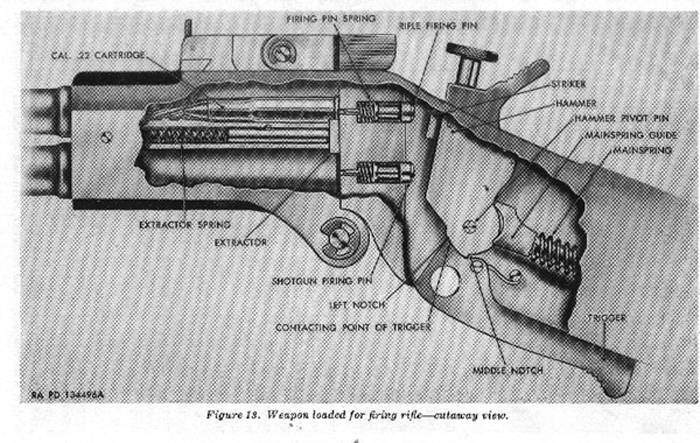
These aircrew survival weapons have ensured US airmen stayed alive in rough situations
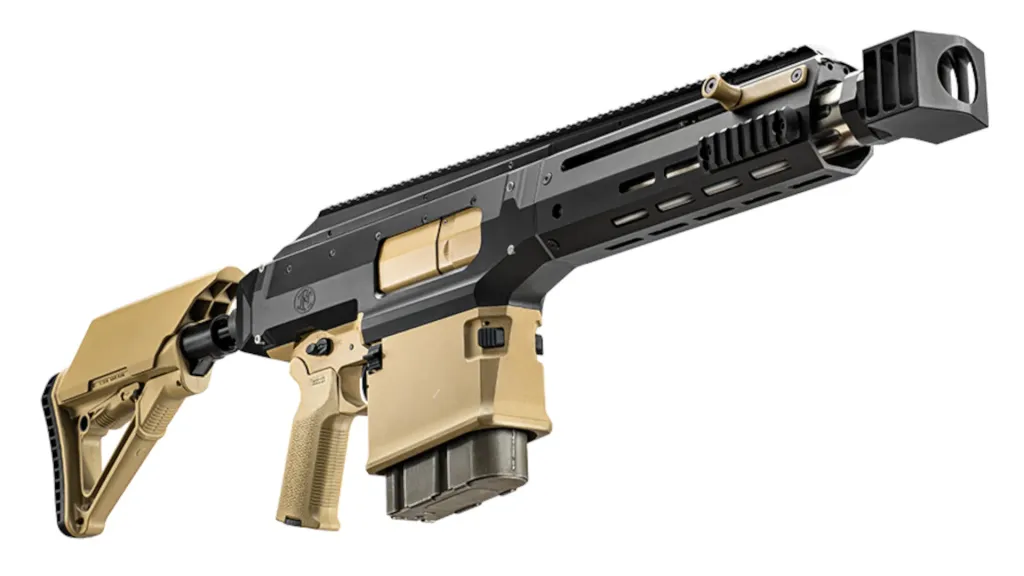
FN’s MTL-30 wins the Army’s Precision Grenadier contest for a next-gen grenade launcher
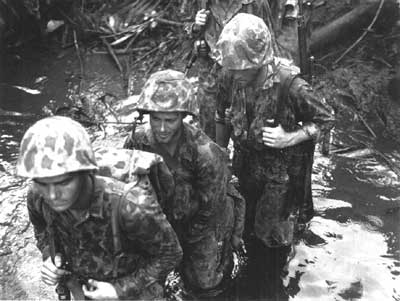
During WWII the Marine Corps created an elite unit to deploy from parachutes
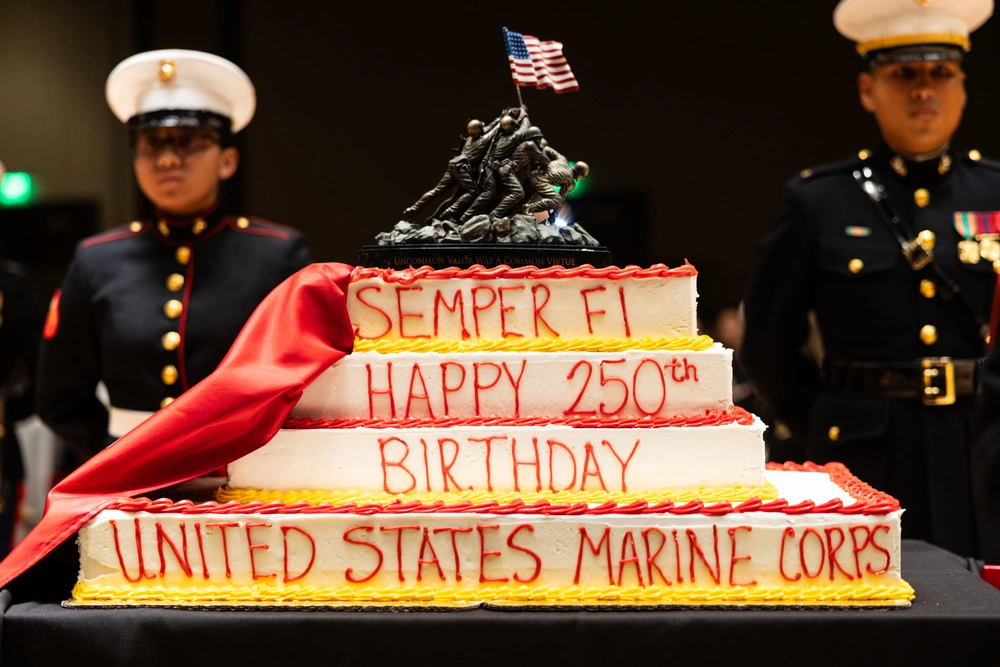
Semper Fi – The tale of Marine Corps mottos throughout history
Sandboxx News
-

‘Sandboxx News’ Trucker Cap
$27.00 Select options This product has multiple variants. The options may be chosen on the product page -

‘AirPower’ Classic Hoodie
$46.00 – $48.00Price range: $46.00 through $48.00 Select options This product has multiple variants. The options may be chosen on the product page -

‘AirPower’ Golf Rope Hat
$31.00 Select options This product has multiple variants. The options may be chosen on the product page -

‘Sandboxx News’ Dad Hat
$27.00 Select options This product has multiple variants. The options may be chosen on the product page
